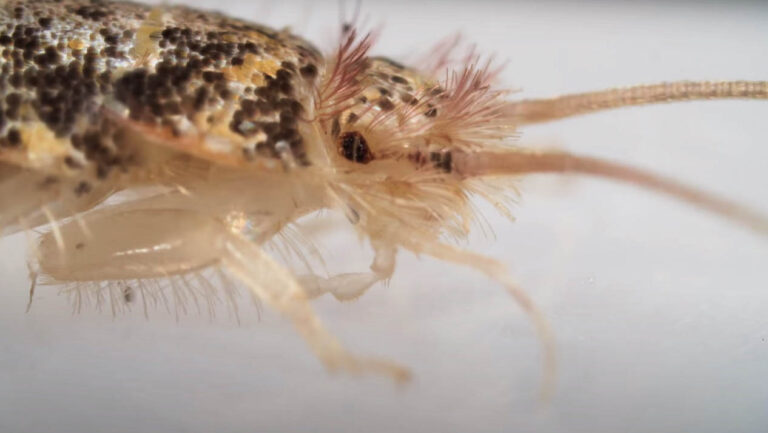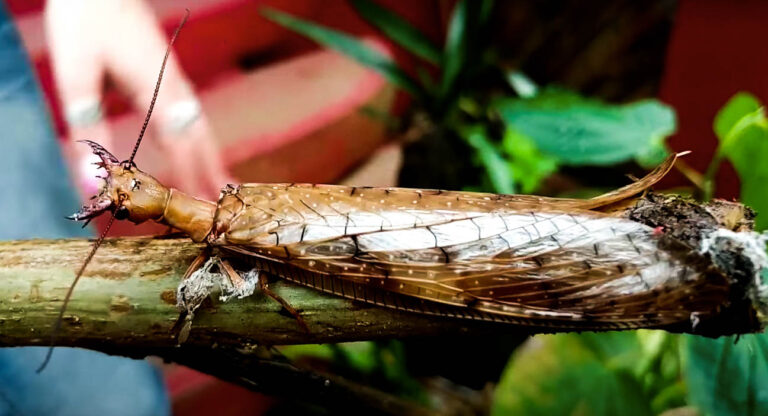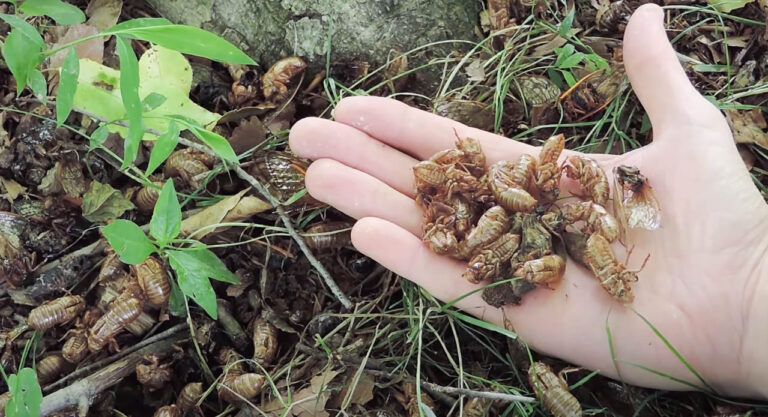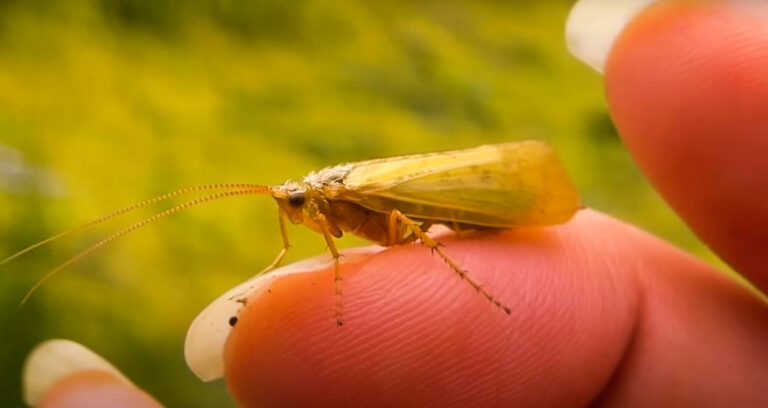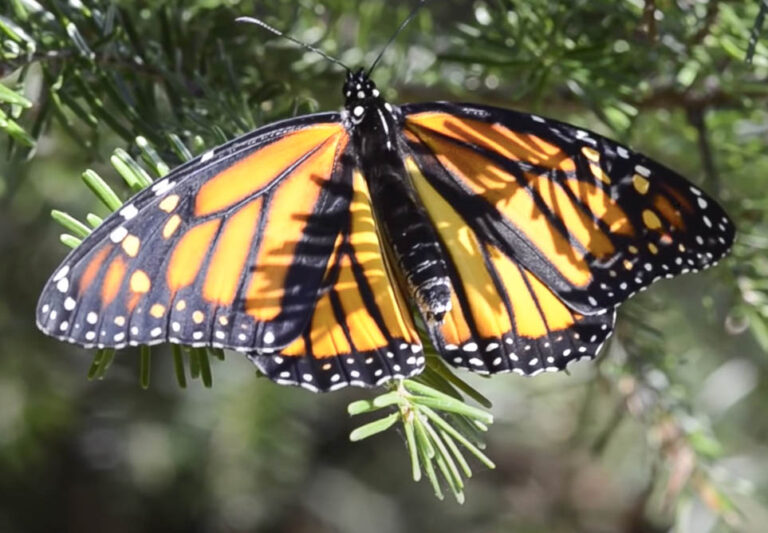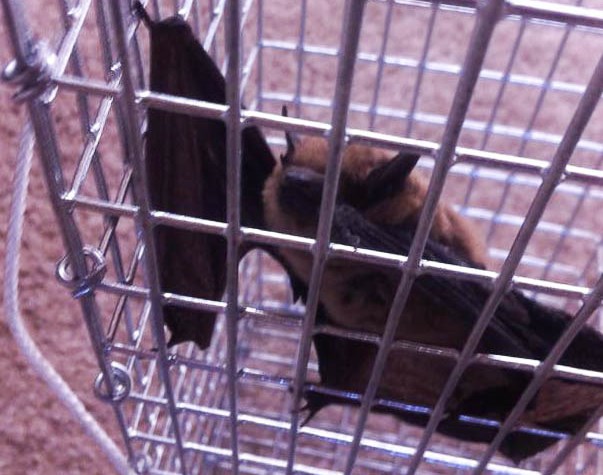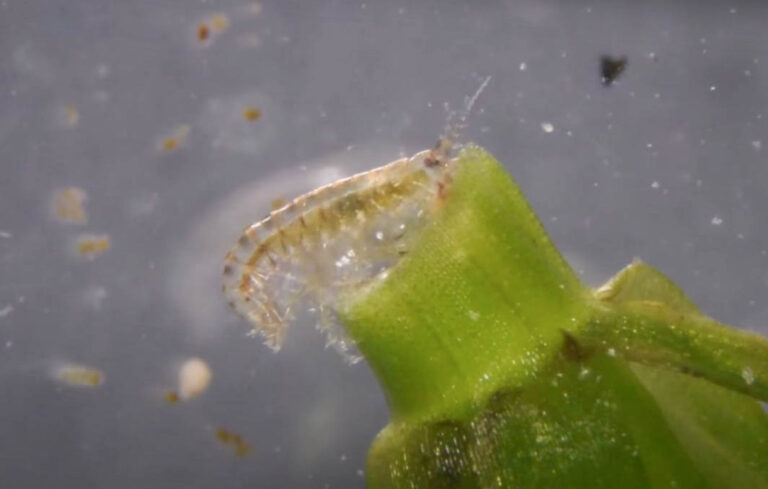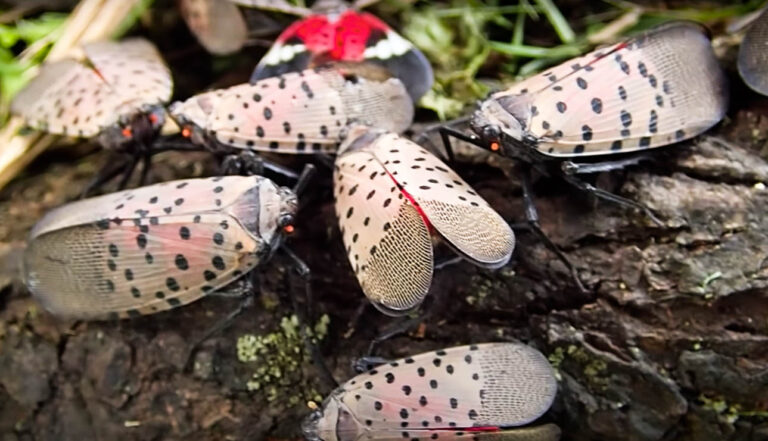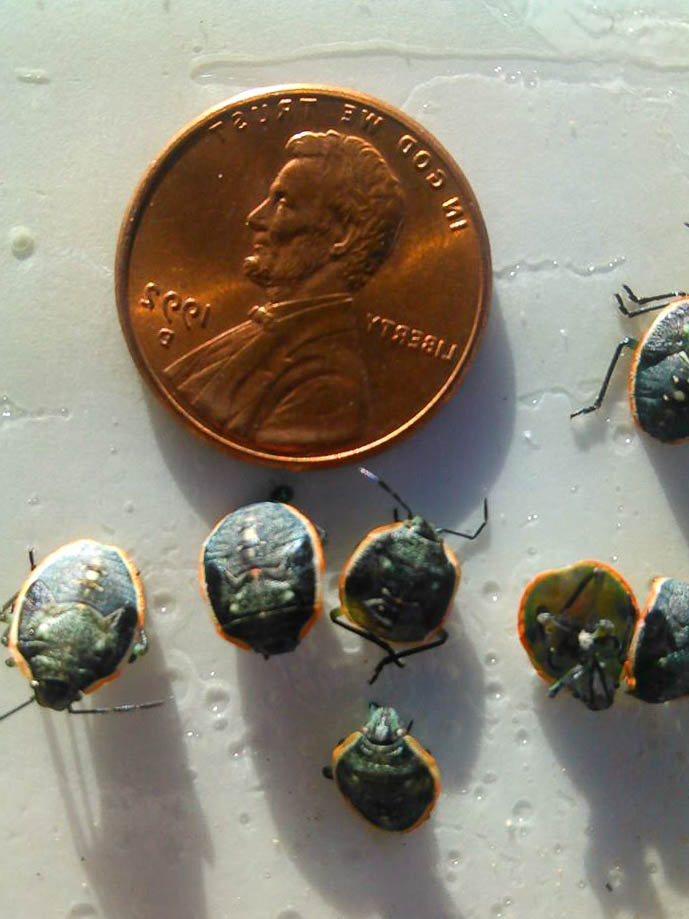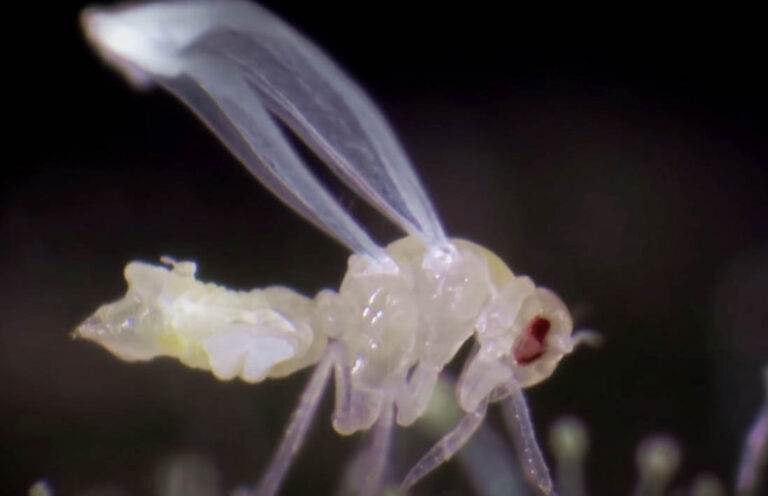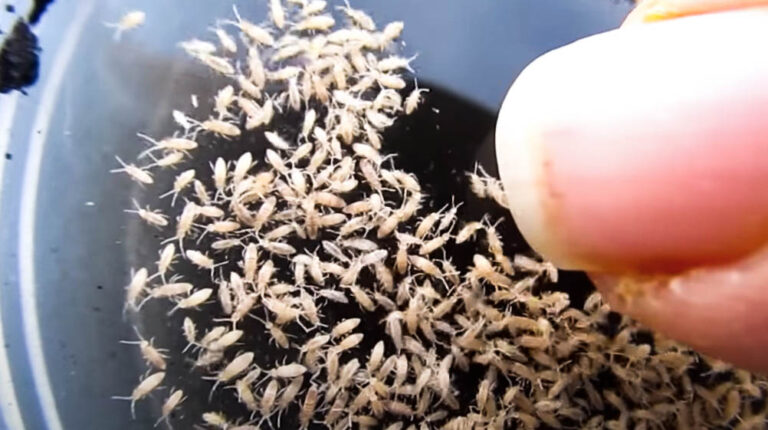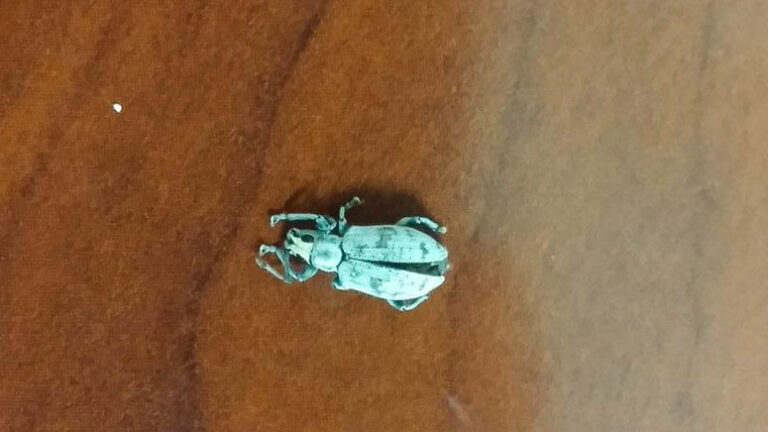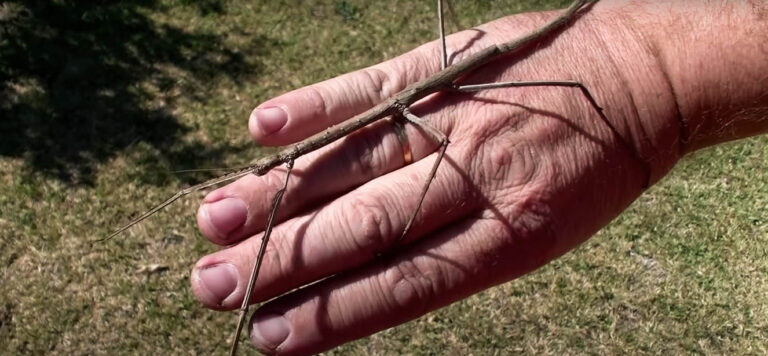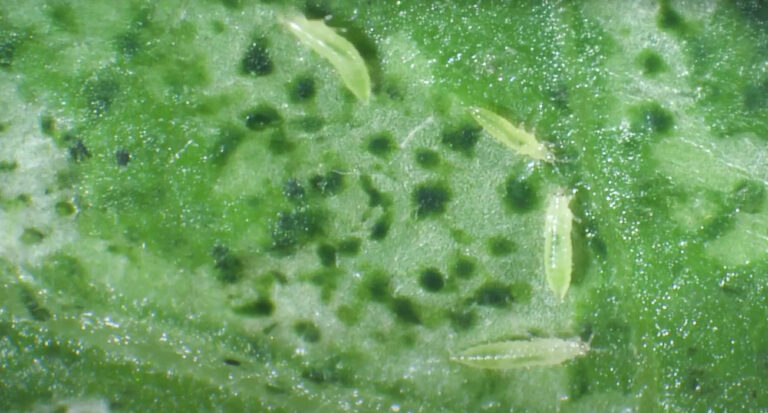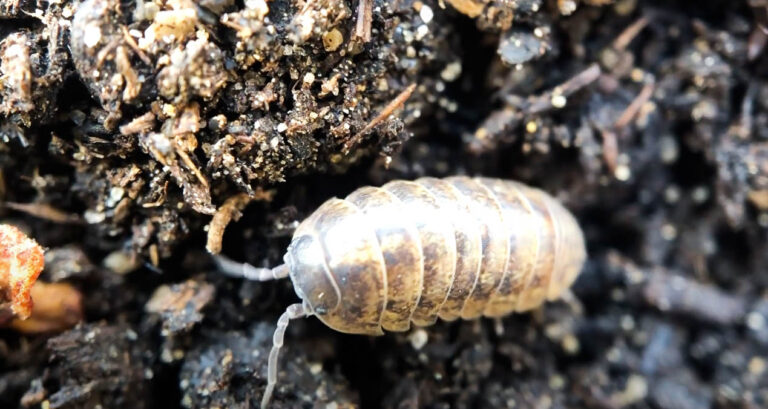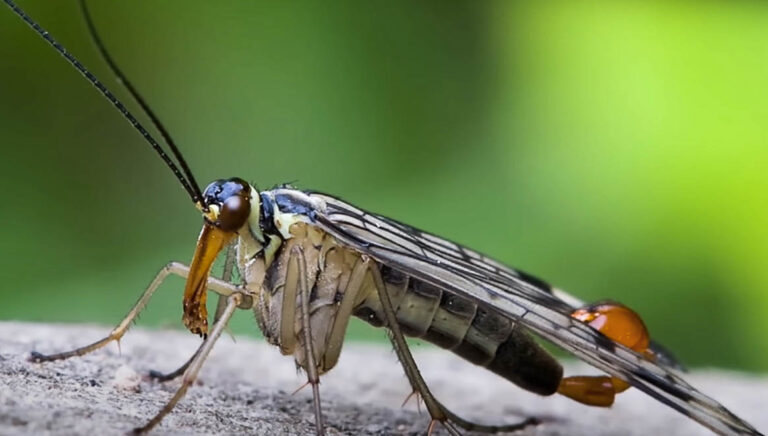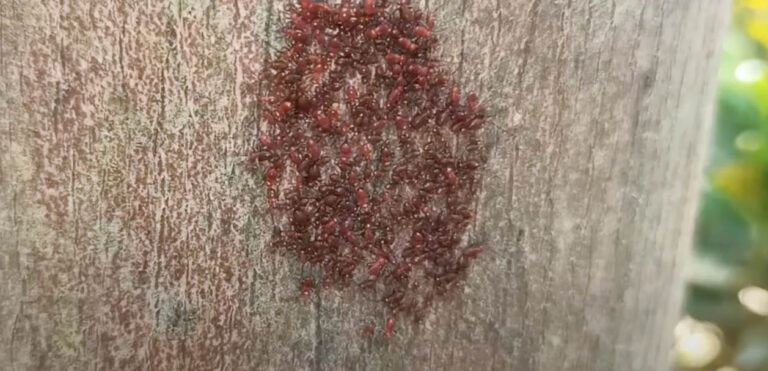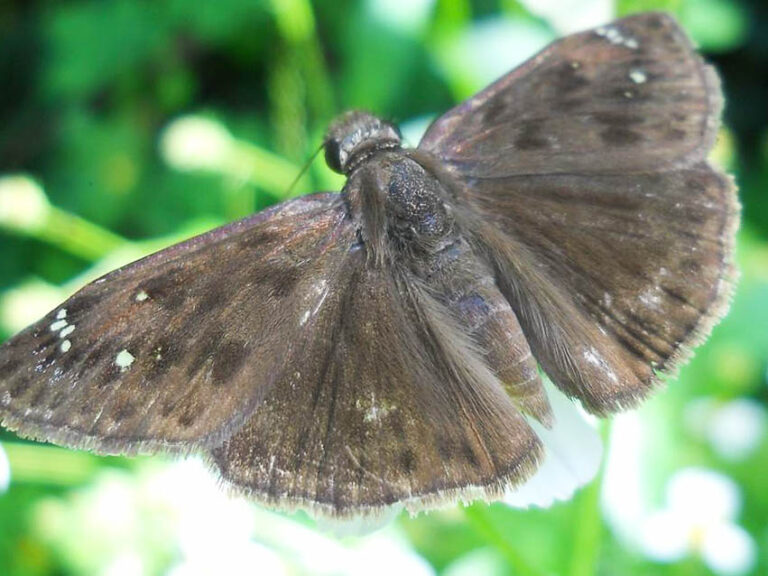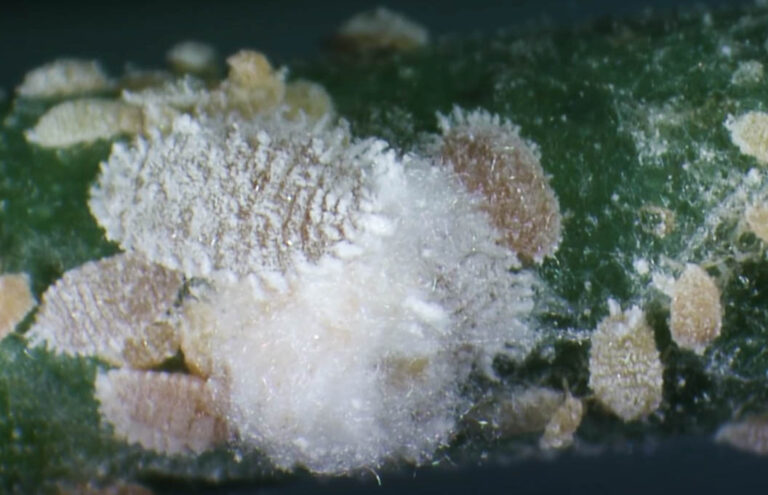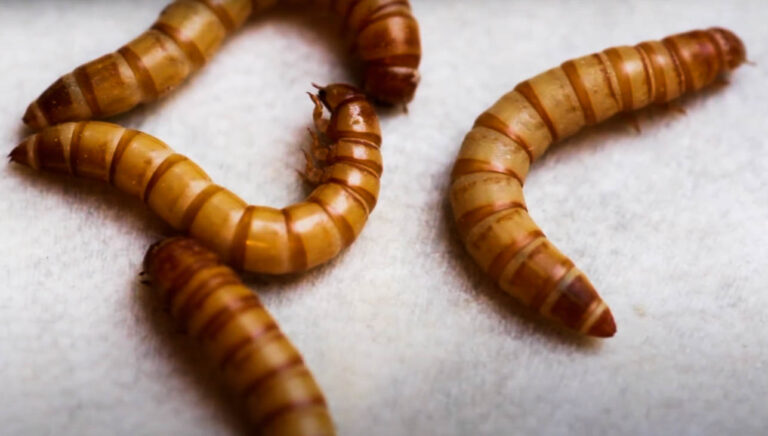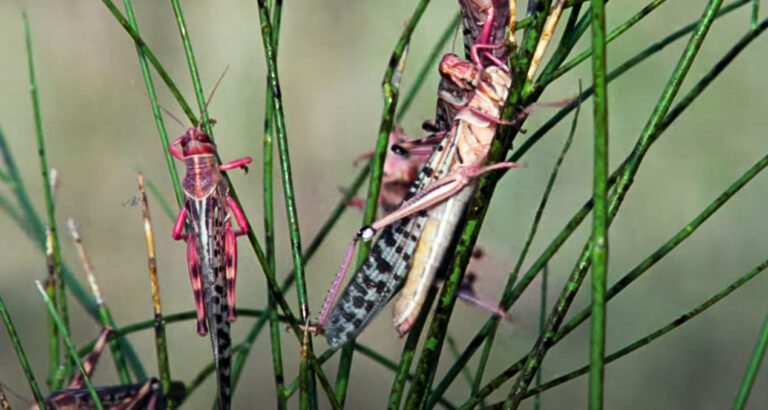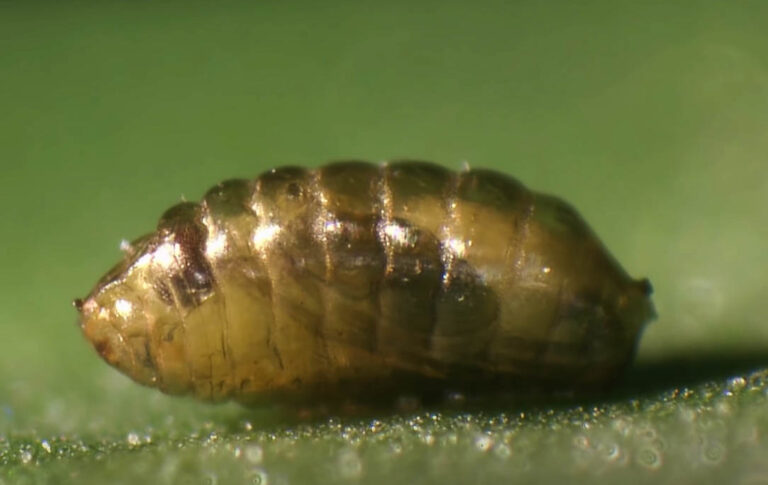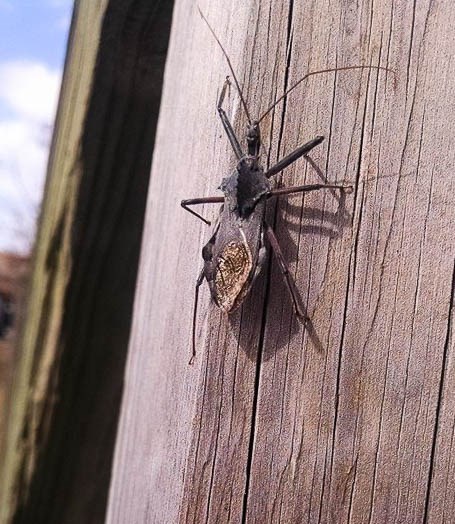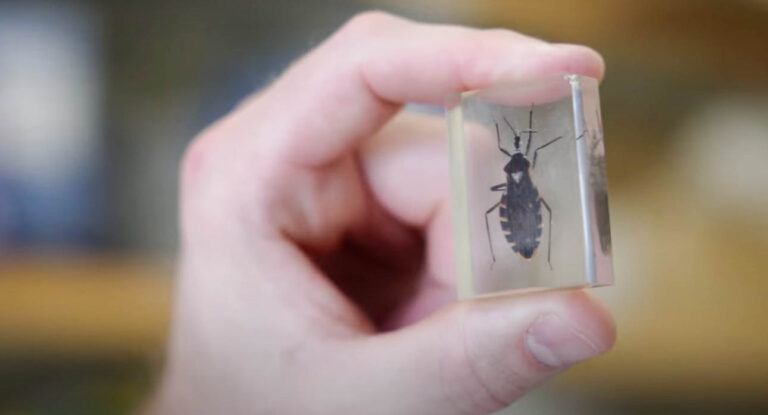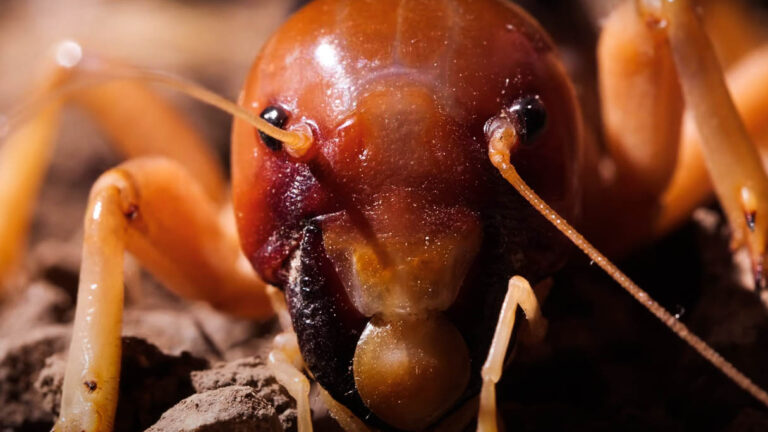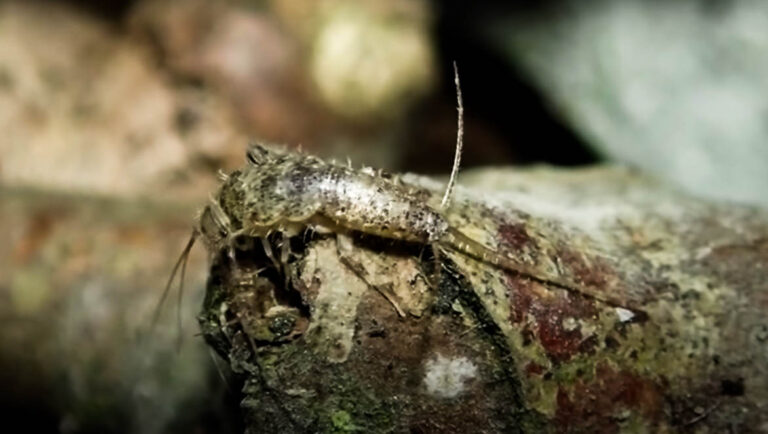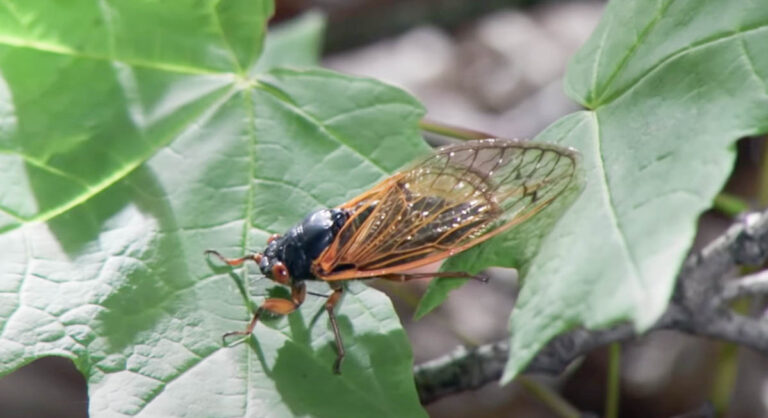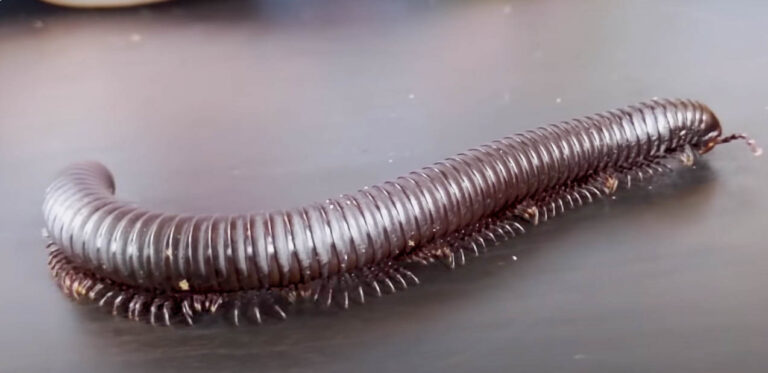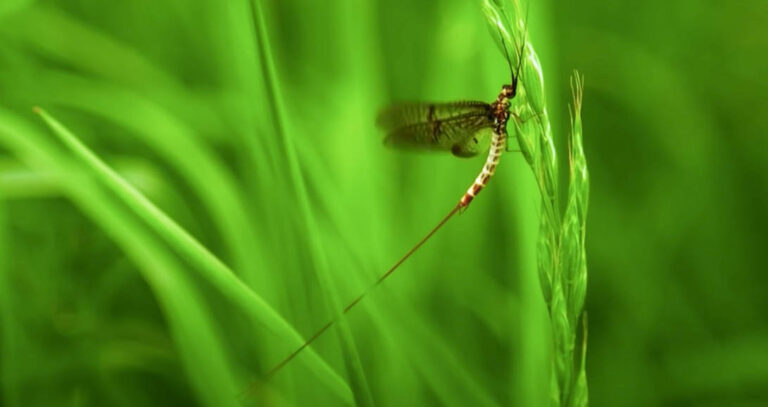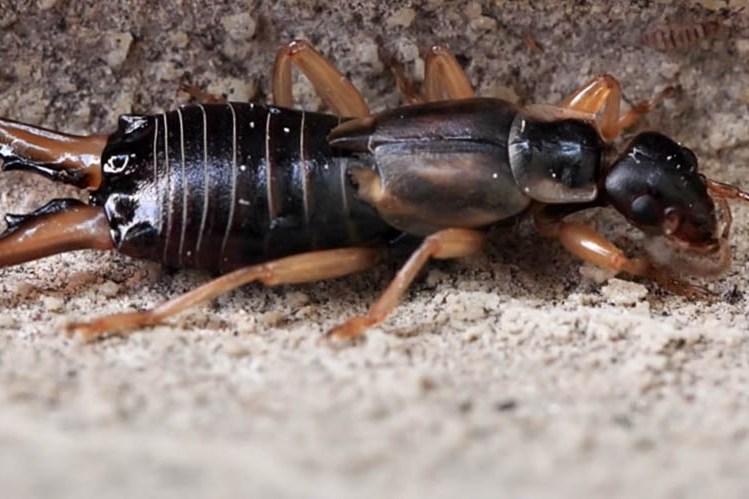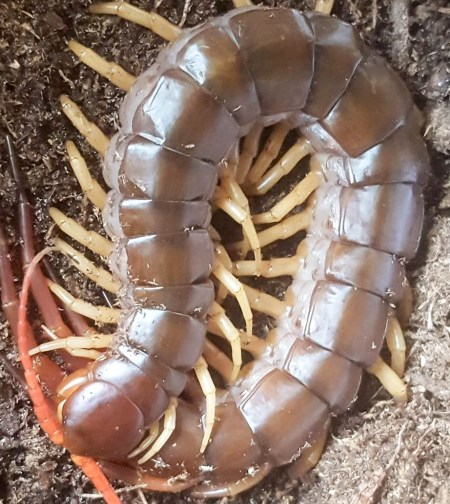About Moths
About Moths
Moths share striking similarities with butterflies and are often confused for one another. But if closely inspected, it is easy to see their differences and realize that they are two different insects. One of their differences is that male moths have feathery antennae, while butterflies are slender and thin. Also, butterflies are coated with different types of bright colors, while moths stick with earthy colors like gray, white, black, and brown. Although, there are few exceptions to this, and this diversity is based on the species of both insects. Do you wish to know more about the distinctive features of moths? Let’s take a look at some of the features and behaviors that distinguish it from every other insect.
Appearance
Moths are stout, slender, and furry looking insects. Despite being a very destructive insect, they are of great importance in the ecosystem. Hence, they play major roles in our survival as humans. Here are the basic features of moths that can be used to distinguish it from other insects with similar features.
- Wings – Just like other insect pests, moths have two pairs of wings which it uses for flight. But these wings are only visible when they are in the adult stage and ready for reproduction.
- Eyes – They have large compound eyes and a long coiled proboscis which they use in sucking sap from their food source.
- Size and Color – The size of moths depend mainly on their species. But in most cases, their average size is about 2cm. Also, their color depends on the species, but they are often in shades of brown or grey.
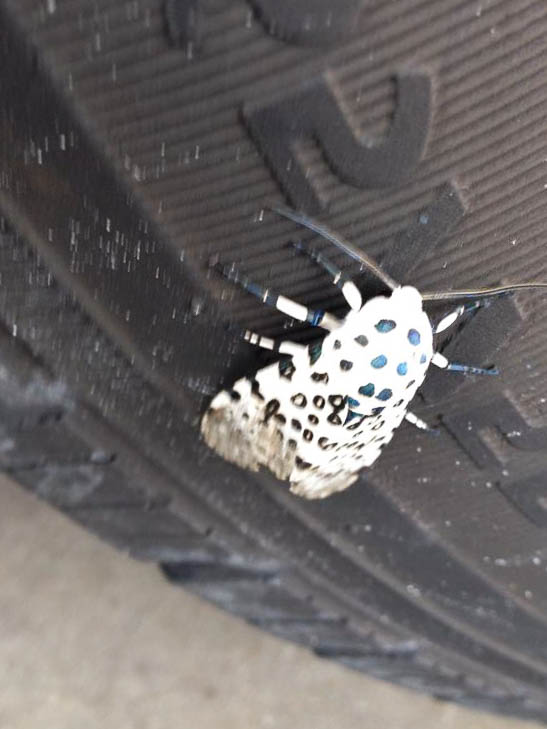
Behavior
Due to their wide diversity in species, moths vary in habits, behavior, and diet. Depending on the species, moths can be sneaky blood-feeders, major agricultural pests, and pollinators. However, their activities don’t have a direct health effect on humans. Also, their tiny nature and reduced mobility at certain stages of their life cycle make them an easy meal for many birds, small mammals, and bigger insects. Though these insects are known to have a relatively short life cycle, if left unchecked, moths are capable of wreaking havoc indoors. They usually attack stored fabrics in the closet and basement or any other place with a low amount of light. Also, their rapid reproduction allows one mature moth to lay an average of 300 eggs in her life, making it easy for them to colonize a place very fast.
For moths to survive, they need a dark environment with 75% relative humidity. If all these conditions are in place, a moth might complete its life cycle in 60 to 95 days. But some species are known to live for only 30 days.
Habitat
The natural habitat of moths is usually a place with no light and high relative humidity, and in most cases, homes usually have places like this. Therefore, the place you are most likely to find moths is dark places in homes. Such places include your basement, attic, and abandoned closets.
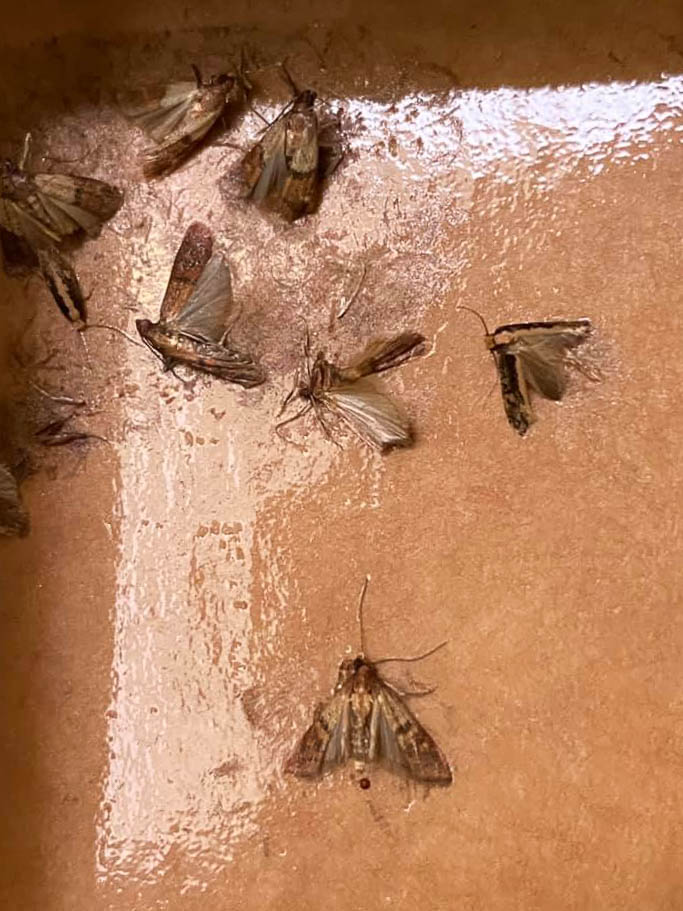
Damage They Cause
Since they spend most of their lifetime indoors, moths are notorious pests and they are fond of damaging wool clothing, hair, feathers, fur, and any upholstery made from silk. If you have any of these in your home, you are running a high risk if there are signs of moths in your home. The moth larvae are responsible for all of these damages. The moment they molt into adults, they are no longer capable of causing severe damage.
Infestation Signs
The signs of a moth infestation in your home depends mainly on the species of the moth. There are species of moth that fly around and rest on surfaces when they infest homes at the initial stage. While others leave cocoons, webbings, and droppings as signs of infestation.
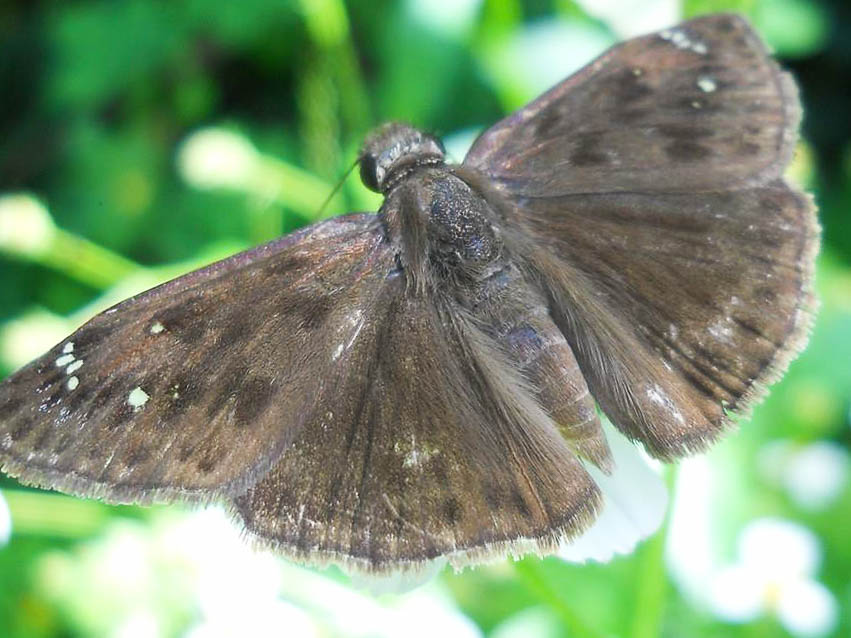
How to Get Rid of Mealworms
When it comes to getting rid of moths, there are several ways to go about it. But before you do anything, you need a treatment plan and thorough inspection to know exactly where the moths are in your home.
To get the best results, you need to hire a professional to help you out with the process. Moth treatment measures can either be chemical control or the use of non-chemical treatments such as insect growth regulators.

